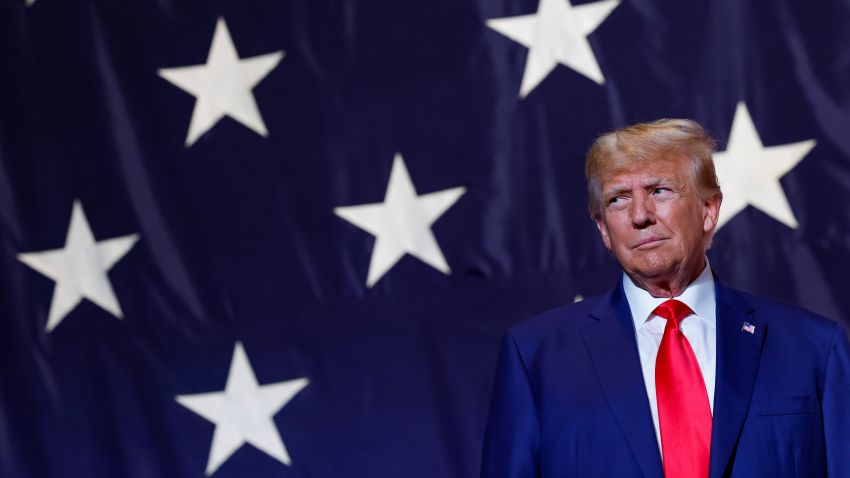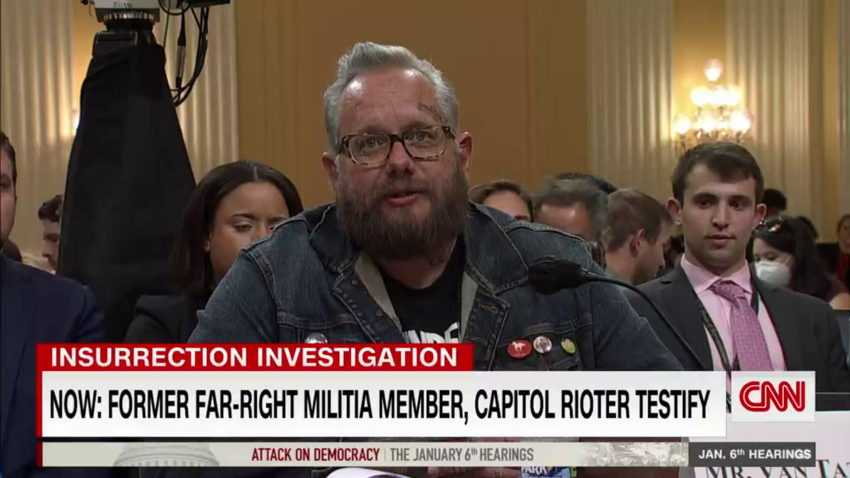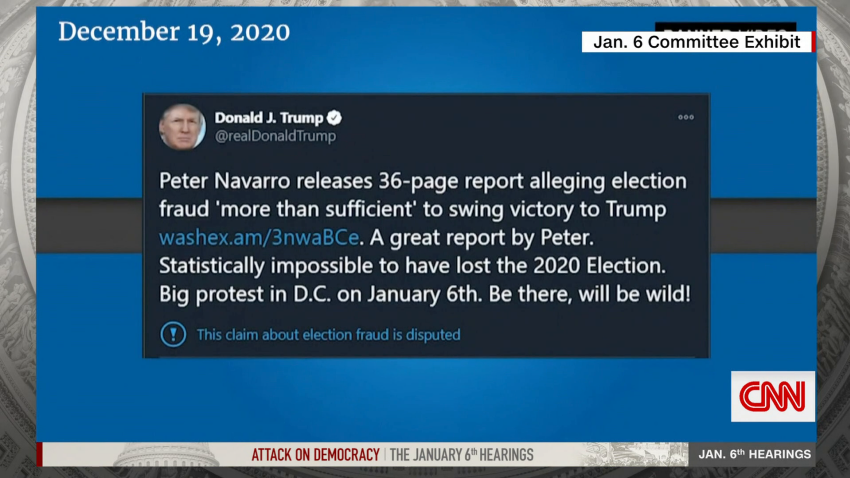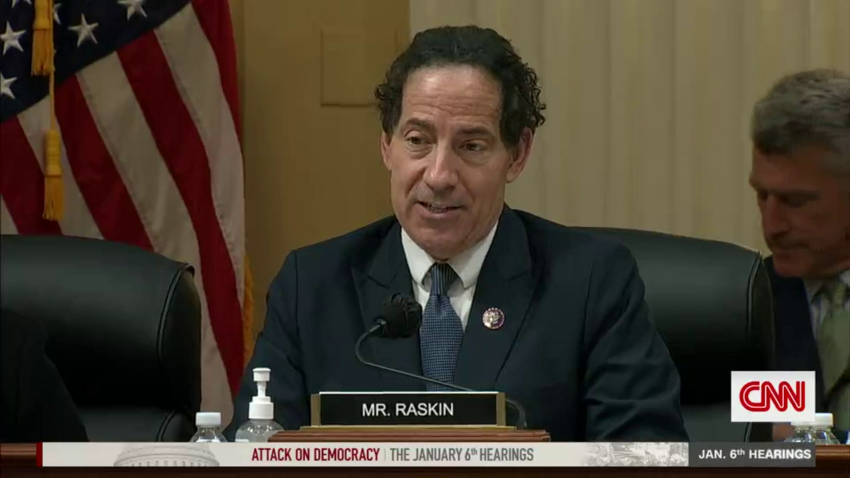The broad outlines of former President Donald Trump’s incitement of the US Capitol riot on Jan. 6, 2021, and his efforts to undo the 2020 election he lost were evident to anyone following his since-unplugged Twitter feed.
But the House committee investigating the lead-up to the incursion has filled in essential details with its six hearings to date.
The panel has heard live testimony from election officials, lawyers and other White House insiders, as well as recorded depositions from key players like former attorney general William Barr and members of the Trump family.
Here are some of the most important things we’ve learned so far.
Rioters thought they were taking cues from Trump
The committee’s first hearing in June took video from Trump and from rioters, testimony from injured Capitol Police officers and recorded interviews with members of his administration, including his daughter Ivanka and son-in-law, Jared Kushner, to show how determined and dangerous the riot was. It closed with a montage of rioters saying they specifically thought they were doing Trump’s bidding.
Trump’s conspiracy theories shook the Department of Justice
The taped testimony of former Attorney General William Barr, featured prominently in the second hearing, made clear that Trump had been told his belief that the election was stolen from him was wrong.
Barr ultimately resigned, which left a vacuum at the Justice Department. Remaining leaders there banded together, a focus of the fifth hearing, and considered a mass resignation as Trump sought out an ally, the environmental lawyer Jeffrey Clark, to get federal law enforcement on his side. In this case the government held against the would-be coup.
Pence was key to the plot
After Trump lost the election, his only hope to remain in power was for his vice president, Mike Pence, to reject the election results in certain states during the counting of electoral votes. Trump turned on his vice president when Pence refused to buy into the illegal plan, pushed by the attorney John Eastman.
Protesters who stormed the Capitol got as close as 40 feet from Pence.
The third hearing featured testimony from former Pence attorney Greg Jacob, who described Eastman’s pressure campaign, which continued even after the Jan. 6 riot.
Trump and his allies pressured election officials and workers
The fourth hearing documented that he had pressured officials in both Georgia and Arizona and that he was personally involved, according to multiple witnesses, in an effort to create slates of fake electors in key battleground states he lost.
Former Georgia election workers Wandrea “Shaye” Moss and her mother Ruby Freeman testified about how they were specifically targeted by Trump’s team to push false allegations of voter fraud. The pair worked the 2020 presidential election and were named 18 times by Trump in the call made to Georgia Secretary of State Brad Raffensperger where he urged him to “find” votes to overturn the election.
Trump wanted to take part in the march on the Capitol and Secret Service may have stopped him
The most recent hearing, the sixth, added on short notice this week, featured blockbuster testimony from Cassidy Hutchinson, a former aide to Trump White House chief of staff Mark Meadows. While it was based largely on hearsay — things other former aides and a White House valet had told her — the allegations are incredible.
The most vivid of Hutchinson’s statements was about Trump, angrily realizing he would not be taken to the Capitol on Jan. 6, trying to grab the wheel of the presidential vehicle from a Secret Service agent. He wanted to lead the protesters. These are the same protesters who would ultimately storm in, threatening his vice president’s life.
Her descriptions of ketchup flung on the White House wall, dishes thrown on the ground in fits of rage, speak to the emotions coursing through Trump as he faced losing power. This perhaps helps explain why it may have been so difficult for people inside the White House to influence him.
The investigation is not over
The committee’s public hearings in June began with the feeling of a preplanned show stage-managed for the effect of indisputably proving that a conspiracy to overturn the election had occurred. But it’s becoming clear the committee is learning new things and following leads.
“Bombshell” testimony by Hutchinson led the committee to issue a subpoena to former White House counsel Pat Cipollone. The White House lawyer could confirm many of the allegations uncovered in the hearings. But he was also the White House lawyer, a position usually shielded from congressional testimony.
Cipollone notably defended Trump in the former President’s first impeachment trial but was, according to multiple witnesses, among the White House aides encouraging him to accept the election results and disputing the crackpot legal theory that Vice President Mike Pence could simply throw out election results from certain states.
Keep reading here.





